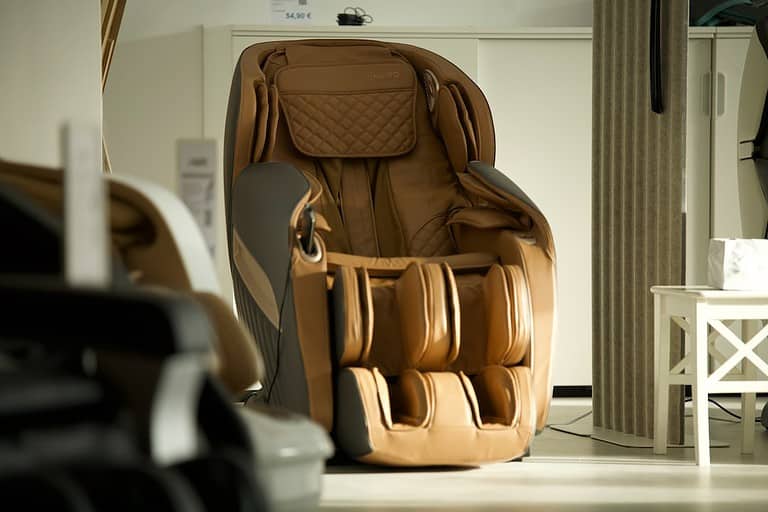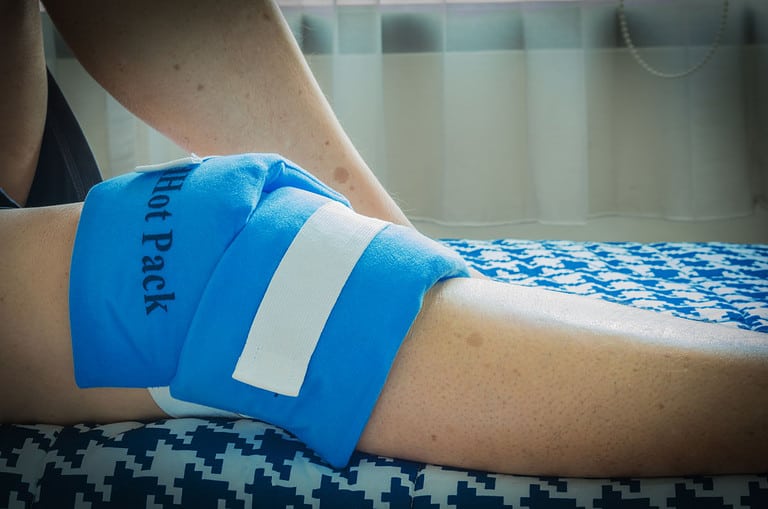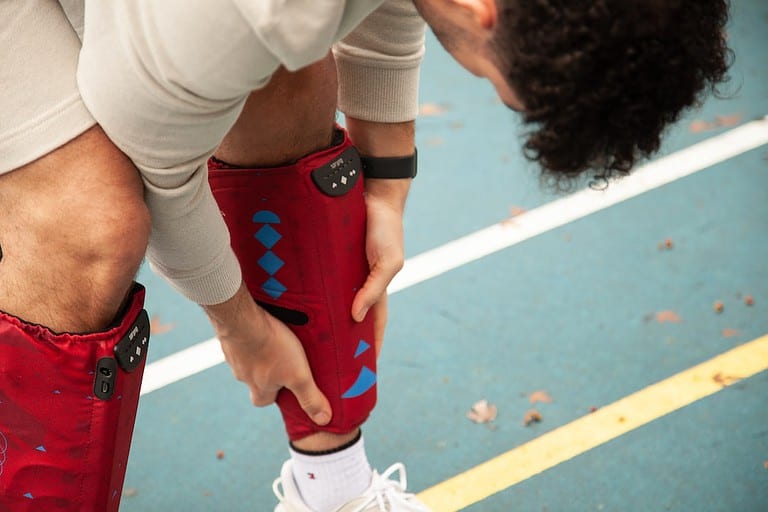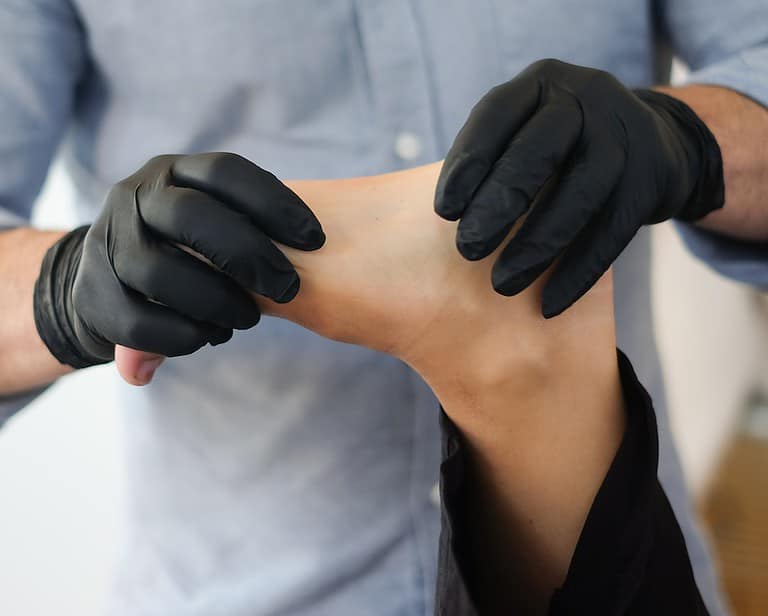What Is Spa Compression Therapy: Benefits, Risks, and Costs
What is spa compression therapy? Compression therapy is a type of treatment that uses pressure to reduce swelling and improve circulation. It can be used for both medical and aesthetic purposes, such as recovery from exercise or slimming effects on legs and glutes.
Compression therapy has become increasingly popular with athletes who use it for muscle recovery after intense workouts or competitions. However, it can also be beneficial for those who suffer from chronic pain conditions such as lymphedema or venous insufficiency syndrome (VIS). In addition, compression therapy may provide relief from post-surgery swelling as well as improve mobility following an injury due to increased blood flow.
In this article, we’ll discuss what is spa compression therapy, how compression devices work, and the potential risks associated with this type of treatment.
Table of Contents
What is Spa Compression Therapy?
Compression therapy is a type of treatment that uses pressure to reduce swelling, improve circulation, and promote healing. It can be used to treat injuries or chronic conditions such as lymphedema.
Compression therapy is a great way to reduce stress and recover faster. It works by using dynamic air compression with a patented pulse massage pattern that employs pulsing, distal release, and gradient techniques. This helps to relieve muscle pain and temporarily increase circulation, resulting in increased flexibility and range of motion, injury prevention, and accelerated recovery time.
Normatec compression therapy boots are perfect for anyone looking to improve their overall health or those who sit or stand for long periods of time as they help your body detox inflammation while eliminating lactic acid from your limbs over the course of one session. A process that usually takes your body several hours or even days can be reduced to just a few hours of recovery time with compression technology.
Compression also helps treat venous insufficiencies like pain, swelling, varicose veins, and even ulcers – making it ideal for pregnant women who suffer from swollen feet due to water retention during pregnancy.
Whether you’re an athlete training hard or someone looking for relief from everyday stressors – compression therapy is an effective solution that can provide relief quickly so you can get back on track sooner rather than later.
How Spa Compression Therapy Works
Compression therapy is designed to improve blood flow and speed up recovery. It works by using three key techniques—pulsing, distal release, and gradients—to maximize your body’s healing potential.
Pulsing involves applying pressure in a pulsating manner to the targeted area. This helps stimulate circulation and encourages the delivery of oxygen-rich blood to that area for improved performance or faster recovery from injury or fatigue.
The distal release is when the machine releases pressure on one side of an extremity while maintaining pressure on the other side, allowing for increased flexibility and range of motion in joints and muscles.
Gradients are used to gradually increase or decrease pressure throughout a massage session as needed, depending on where you need it most. Gradients help ensure that each part of your body receives just enough attention without overworking any particular area too much during treatment sessions.
Compression therapy can be applied before and after physical activity for optimal results. With regular use, compression therapy can help reduce pain associated with injuries, improve mobility, enhance athletic performance, reduce inflammation caused by exercise or injury, boost energy levels during training sessions, and accelerate muscle recovery after an intense workout — all while helping you stay healthy overall.
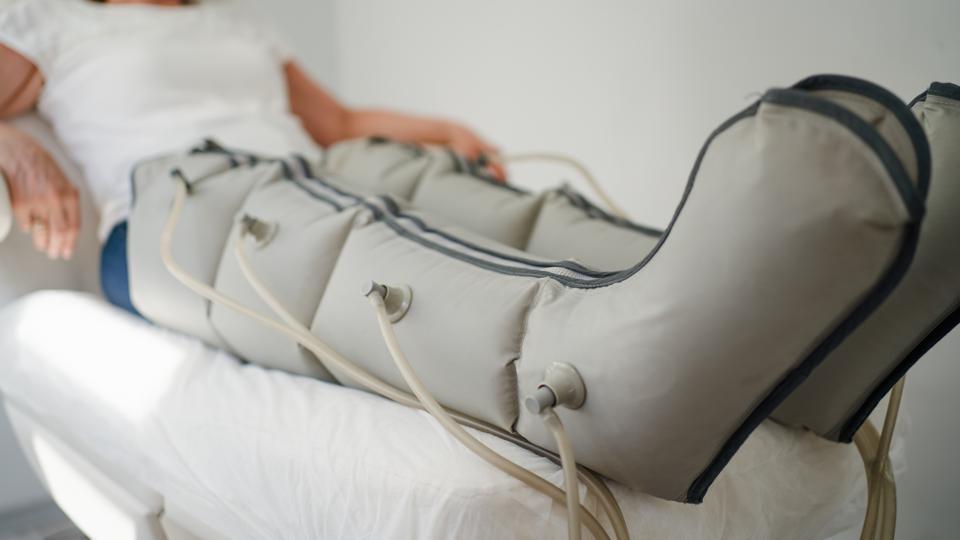 (Source)
(Source)
How to Prepare for Your First Spa Compression Therapy
Preparing for your first therapy session can be intimidating, but it doesn’t have to be. Taking a few simple steps before your appointment will help you feel more relaxed and ready to get the most out of your experience.
Here are some tips on how to prepare for your first therapy session.
Pre-Session Preparation Tips
Before attending a spa compression therapy session, it is important to ensure that you are adequately prepared. Make sure to drink plenty of water before the session and eat a light meal or snack an hour prior.
Avoid caffeine and alcohol for at least 24 hours before your appointment.
Clothing and Accessories
When attending a spa compression therapy session, wear loose-fitting clothes such as shorts or sweatpants as well as socks and shoes that can be easily removed.
You can bring comfort items such as pillows or headphones to make the experience more enjoyable.
During your spa compression therapy session, it is important to maintain proper posture in order to maximize its effectiveness. Sit upright with your back straight while keeping both feet flat on the floor throughout each cycle.
Relaxing into this position will allow you to receive maximum benefit from each cycle of pressure changes without straining any muscles or joints in your body.
Potential Risks and Side Effects of Spa Compression Therapy
Spa compression therapy is generally considered safe, but there are some common side effects that may occur. These include redness and irritation at the site of treatment, bruising, dizziness or lightheadedness during the session, and temporary soreness in the treated area after a session. These side effects are usually mild and should subside within a few hours or days.
Who Should Not Take Spa Compression Therapy
There are certain conditions where spa compression therapy is not recommended. These include pregnancy, active infections or skin diseases, open wounds, any kind of circulatory disorder such as varicose veins or deep vein thrombosis (DVT), and any type of implanted medical device such as a pacemaker.
If you have any questions about whether spa compression therapy is right for you, consult your doctor before scheduling an appointment.
Cost and Availability of Spa Compression Therapy
The cost and availability of spa compression therapy can vary depending on where you live. Generally, a session costs between $50 to $100 per hour. However, some spas may offer discounts or packages that reduce the overall cost of treatment.
Insurance coverage for spa compression therapy is usually limited and varies by provider. Some insurance companies may cover part or all of the cost if it is prescribed by a doctor as part of an overall treatment plan for certain medical conditions such as chronic pain or muscle tension.
When looking for a qualified provider, be sure to research their credentials and experience in providing spa compression therapy services. Many states require therapists to have specific certifications in order to practice legally so make sure your therapist has the appropriate qualifications before scheduling an appointment.
You can also ask friends and family members who have had positive experiences with particular providers for recommendations.
Conclusion
What is spa compression therapy?
Compression therapy is a popular form of treatment for many medical conditions, including lymphedema, venous insufficiency, and deep vein thrombosis. It can also be used to reduce swelling in the arms or legs after surgery or injury.
Smart Living Now is here to help you take control of your health and well-being! Spa compression therapy can be an effective tool for relieving muscle pain, improving circulation, reducing inflammation, and promoting relaxation.
Let us show you what is spa compression therapy and how this noninvasive treatment could make a difference in your life today – start on the path to better living with Smart Living Now!


